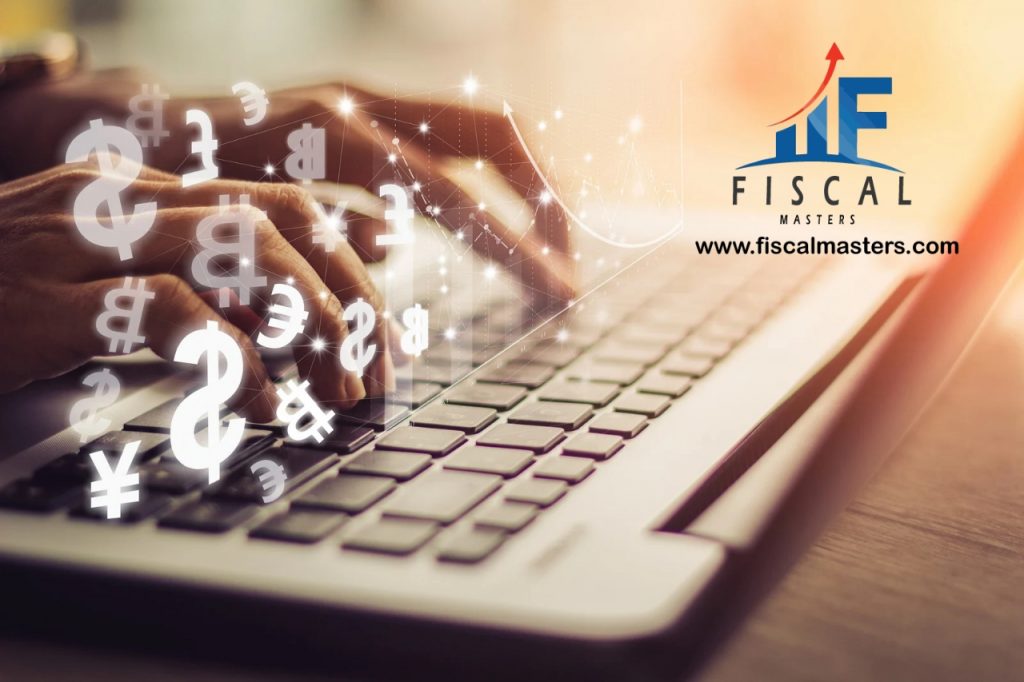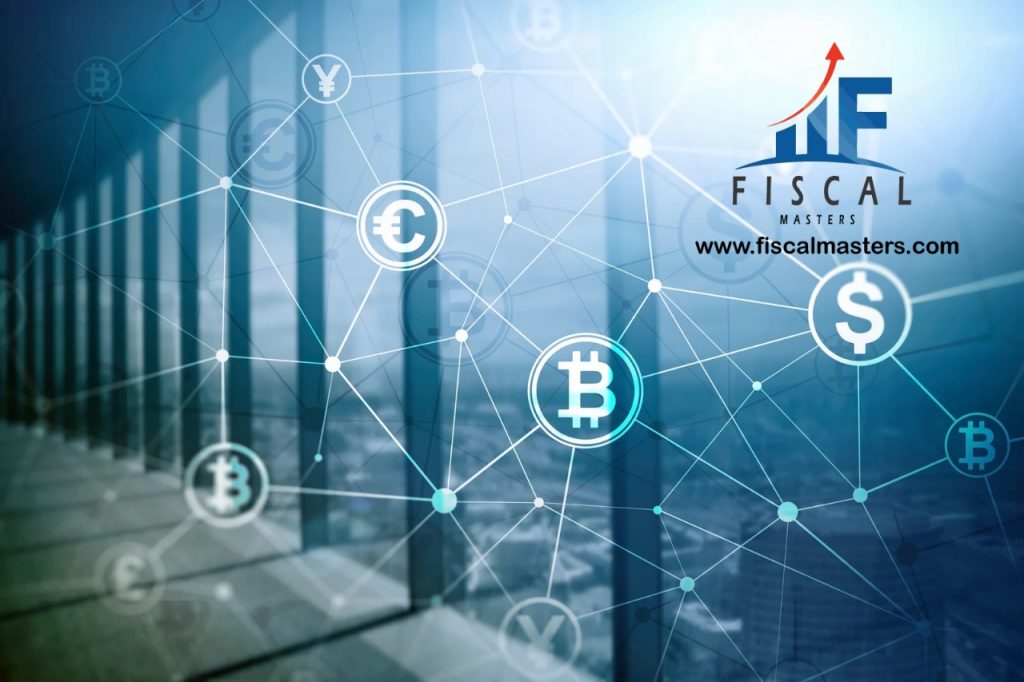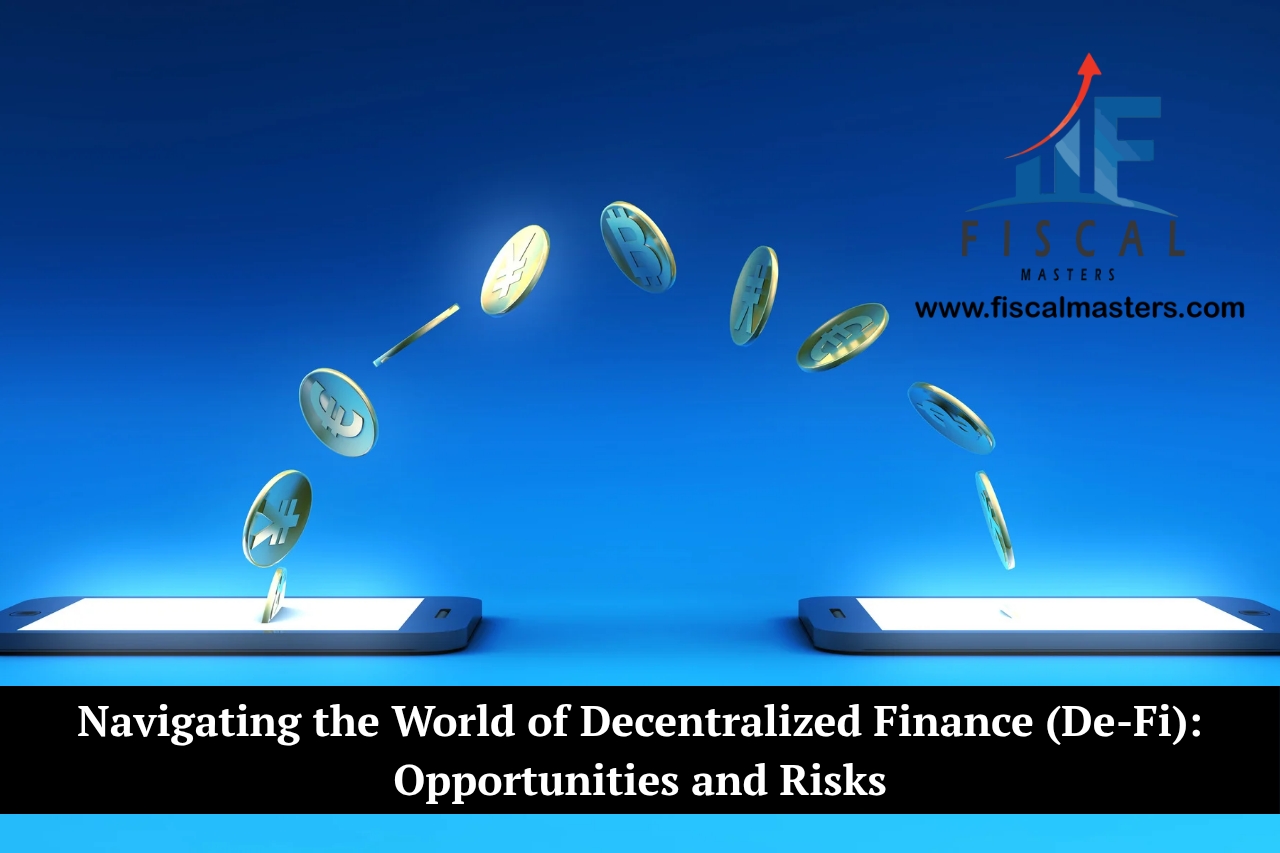A freelance designer, Maria felt stuck while living in Buenos Aires. She had steady work with international clients and got paid regularly. But when she asked her local bank for a small personal loan, they shut her down completely.
The reasons were very lame. They said her income was “too inconsistent,” “too digital,” and “too modern.” Maria was earning money. She was working hard. But because she didn’t fit the old-school model, the bank saw her as a risk.
So she went looking for other options and that’s when she found decentralized finance. She used a crypto lending app to borrow $2,000. Perks she got was no paperwork and no awkward meetings to attend.
Just her Ethereum wallet, a few clicks, and three hours later, the money landed in her account. That one moment changed everything.
This story is not unique anymore. Everyone everywhere is looking towards De-Fi to save, invest, borrow, and create the future on their own terms.

Understanding The Decentralized Finance (De-Fi)
Wondering what it would be like to control your money without banks being in charge? It includes no paperwork and long lines. Just your crypto wallet and a bit of curiosity. Sounds wild, right? But for millions around the world, it’s already a reality.
Still, let’s not sugarcoat it. De-Fi isn’t all smooth sailing. There’s plenty of potential, but also real risks if you’re not careful. So, we’re diving deep into how it works, which platforms are worth your trust, and how to keep your assets safe while exploring this new world.
Ready to see what’s possible? Let’s jump in.
Read more: Introduction to Cryptocurrency: The PROs and CONs Cryptocurrency Investing- January 2024
Top De-Fi Platforms in 2025
When Decentralized Finance (De-Fi) started, it was considered a risk. But now, in 2025, space has grown up. Millions of people use these tools every day, and they’re easier
and safer than before.
Here are some of the most trusted platforms:
- Aave is still a favorite for borrowing and lending. You can earn interest or get a loan using your crypto and the good part is no personal info needed.
- Uniswap is the top place to swap crypto. It’s a decentralized exchange (DEX), which means no middlemen, no accounts, no limits.
- Compound lets you earn passive income by supplying your crypto. Simple as that.
- Curve focuses on stable-coins (cryptos tied to the U.S. dollar) and helps you trade them with very low fees.
These platforms don’t ask for your name, credit score, or bank history. You stay in control.
Read more: Defining DeFi: six companies driving the future of Decentralized Finance
De-Fi Investment Strategies
Want to make your money work while you sleep? De–Fi makes that possible.
One popular method is yield farming. You give your crypto to a De-Fi app, and in return, you earn part of the fees people pay to use it.
Some people make double-digit returns each year but keep in mind, higher rewards often mean higher risk.
Read more: 7 Best Investment Opportunities for 2025: Where to Grow Your Wealth This Year
Another way to earn is staking. You lock up your crypto to help secure a blockchain network and get paid for it. It’s like earning interest in a savings account except it’s decentralized and often earns more.
If you’re more careful with money, lending stable-coins is a good choice. Since they’re tied to the U.S. dollar, they don’t jump up and down in price like regular crypto. In short, Decentralized Finance helps you grow your money without needing a traditional bank.
Chec out: How to Use Cryptocurrency for Everyday Purchases and Payments – March 2025
Blockchain and De-Fi: The Perfect Pair
De-Fi only works because of blockchain. A blockchain is a digital ledger. It records every transaction, and once something’s added. What makes it secure and transparent is it can’t be changed.
The real magic came when Ethereum introduced smart contracts programs that run on the blockchain and automatically carry out actions when certain rules are met.
That’s how De-Fi apps work without needing people to approve each step.
Other blockchains have jumped in too:
- Solana is super fast.
- Avalanche offers low fees and high speed.
- Polygon makes Ethereum faster and cheaper.
Today, we’re in a multi-chain world, where you can move your money across different blockchains to find better returns, lower costs, or new features.
Decentralized Finance Applications
Think De-Fi is just for crypto geeks? Think again. People are using De-Fi to protect their savings from inflation by swapping into stable-coins that hold their value.
Others are using it to send money to loved ones or receive payments without going through expensive middlemen. Gamers are even turning their digital rewards into real income using De-Fi tools.
Read more: https://101blockchains.com/decentralized-finance-applications/
De-Fi is offering small, fast loans for those who’ve been turned away by traditional banks. With just a phone and internet, anyone can now join the global economy.

De-Fi Risks and Rewards
De-Fi offers a lot of benefits but let’s be honest, it’s not all sunshine.
Here are the biggest risks:
- Smart contract bugs: If there’s a mistake in the code, hackers can steal funds. In 2022 alone, over $3 billion was lost in De-Fi hacks.
- Impermanent loss: When you provide crypto to a pool and the price changes a lot, your returns can go down.
- Volatility: Crypto prices can rise and fall fast. A 20% swing in a single day isn’t rare.
Still, people reduce risk by:
- Sticking with audited and trusted platforms.
- Spreading their investments across different tools.
- Using De-Fi insurance in case things go wrong.
If you learn the ropes and stay careful, you can avoid most of the dangers of Decentralized Finance.
Read more: https://www.itrustcapital.com/learn/decentralized-finance-defi-pros-and-cons
De-Fi Regulations in 2025
Regulators finally caught up to De-Fi and that’s not a bad thing.
In the U.S, new rules now protect fully decentralized platforms from being overregulated. The GENIUS Act gives clear rules for stable-coins, including how they need to be backed and issued.
Europe has introduced MiCA (Market in Crypto-Assets Regulations), a framework that
helps protect users while allowing Decentralized Finance to grow.
Globally, the OECD is launching a reporting system in 2026 to increase tax transparency on cross-border crypto activities.
Some people worry about regulation, but the truth is, smart laws make De-Fi more trustworthy and open the door for bigger adoption.
Future of De-Fi
With De-Fi adoption, we’re starting to see real-world assets like homes and art tokenized. Imagine owning a small share of a New York apartment or a vineyard in France right from your phone.
AI tools are also coming into Decentralized Finance (De-Fi). They can help manage your money, reduce risk, and even spot trends before they happen.
It helps in having your own digital identity. In the future, your De-Fi activity could act like a credit score and you would not need a bank account or ID. Just your wallet and on-chain history will be your savior.

Conclusion
Decentralized finance isn’t just a passing trend rather it is a powerful shift in how people manage money. It’s giving individuals the tools to earn, save, invest, and borrow without relying on traditional banks or outdated systems.
For the first time, financial freedom is just a smartphone and a crypto wallet away. Of course, the road isn’t without risks. But with the right knowledge and a thoughtful approach, De-Fi opens up a world of opportunity.
If you’re a curious beginner or someone ready to take control of their financial future, always remember, the future of finance is decentralized, open, and already here. Luckily, this time, you’re in the driver’s seat.
FAQs
1. What is De-Fi in simple terms?
It’s a way to use financial tools like loans or savings without a bank. It runs on blockchain.
2. Is De-Fi risky?
Yes. Crypto prices move fast, and bugs in the code can be dangerous. But doing research helps reduce risk.
3. Can I earn passive income with De-Fi?
Yes, many people earn by staking, lending, or yield farming. These methods allow you to grow your crypto like earning rewards, interest, or a share of transaction fees without needing to actively trade.
4. Do I need crypto to use De-Fi?
Yes, you’ll need a crypto wallet and some tokens to get started. Many platforms also let you buy crypto using local currency.
5. Are De-Fi platforms regulated?
Some are, especially in the U.S. and Europe. But many still operate in a legal gray area.
6. What if a De-Fi app gets hacked?
If there’s no insurance, you could lose money. Stick with audited apps and check if they offer coverage.
7. Can De-Fi help unbanked people?
Absolutely. Anyone with a phone and internet can use De-Fi with no credit score or paperwork needed.
8. How do De-Fi loans work?
You give crypto as collateral and borrow a percentage of its value. You repay with interest. No bank checks your background.

